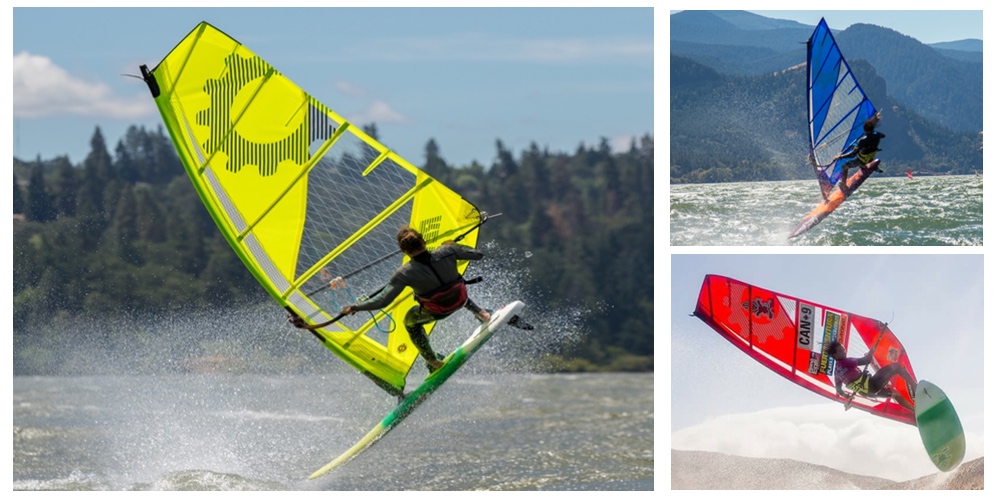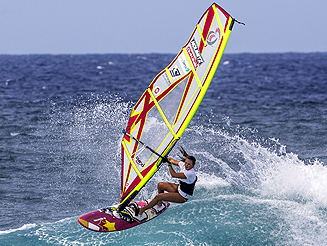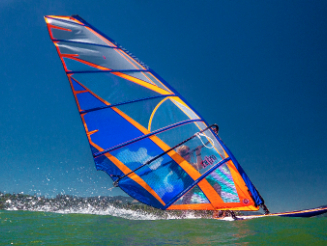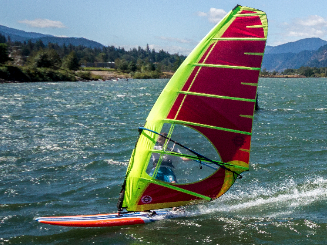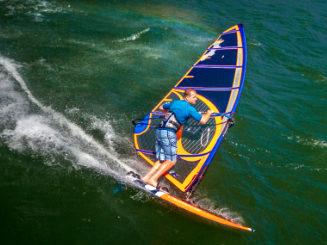2025 DESIGNS – a bold new look for this season
What do you get when the Sailworks’ design team headed by Bruce Peterson focus on one goal every windy day for months on end? The biggest overhaul in 10 years to our sail range, that’s what! We’re pretty stoked on the outcome and we know you’re going to like the new designs.
Lighter, better balanced, more responsive, and packaged in a bold new look for 2025.
SHOP NOW for a quick local delivery.
SHOP NOW
